Fruit trees that thrive in cold weather are a gardener’s best friend if you live in regions with long winters. Many varieties actually need a period of cold temperatures to set fruit properly, which makes them perfectly suited for chilly climates.
Instead of worrying about frost damage, you can enjoy trees that flourish when the temperature drops. These cold-hardy fruit trees are resilient, easy to care for, and capable of producing sweet, abundant harvests year after year.
They’ll bring both beauty and flavor to your yard, even when the season feels harsh. With a little planning and care, you’ll enjoy baskets of fresh fruit straight from your own garden. Let’s explore 7 of the best choices for frosty conditions.
#1 Apricot
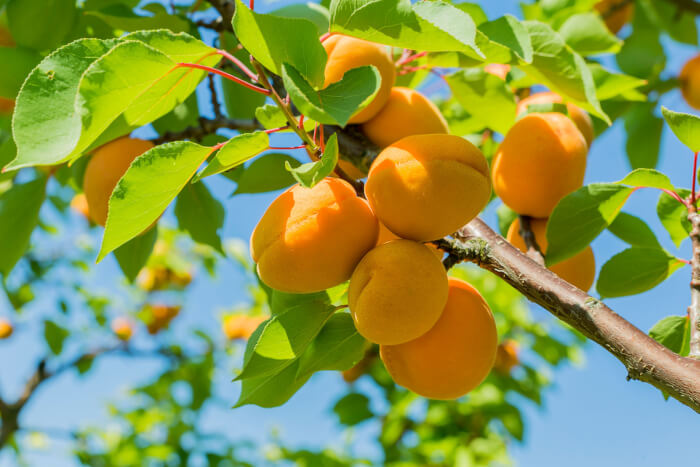
Apricots are among the earliest bloomers, showing off delicate flowers in spring that later turn into golden-orange fruits. They tolerate frost surprisingly well once established, especially if planted in well-draining soil.
To protect blossoms from late frosts, choose a sheltered spot near a south-facing wall. Apricot trees usually start producing from their fourth year, giving you a reliable harvest with minimal care.
Prune lightly in late summer to keep the tree healthy. With a little patience, you’ll be rewarded with juicy, sweet fruits perfect for fresh eating or preserves.
#2 Peach
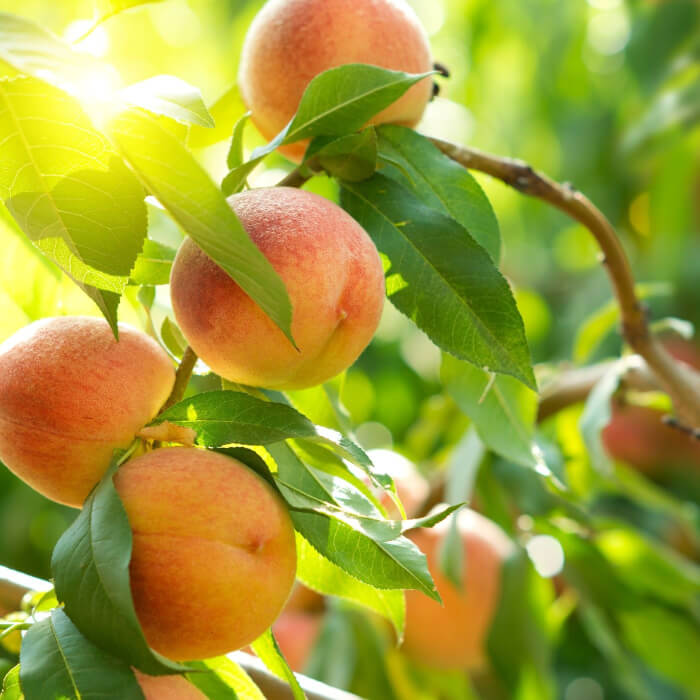
Peach trees bring beauty to the garden with their stunning pink flowers and sweet fruit. They thrive in slightly acidic, well-drained soil and need full sun to ripen properly.
Cold-hardy varieties like Reliance or Contender are excellent choices for frosty climates. To help the tree produce consistently, thin the fruits early so the remaining ones can grow larger and sweeter.
Water regularly during dry spells to keep the roots healthy. By late summer, you’ll enjoy the rewards of your care with baskets of fresh peaches.
#3 Pear
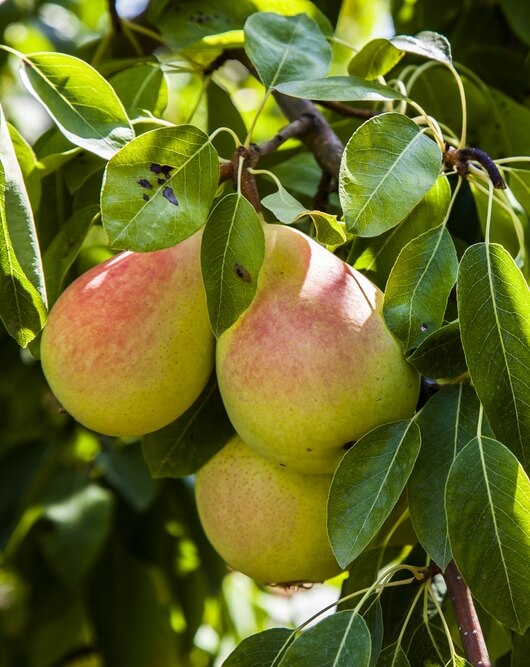
Pears are tough, adaptable trees that handle cold weather gracefully. They’re less prone to pests and diseases than many other fruit trees, making them a reliable option for beginners.
Dwarf varieties can be grown in containers if you’re short on space, while standard types can reach up to 40 feet tall. Pear blossoms appear early, so protect them from late spring frosts with row covers or frost cloth.
Regular pruning encourages airflow and helps prevent disease. Once mature, they’ll provide crisp, juicy fruits perfect for eating fresh or baking.
#4 Nectarine
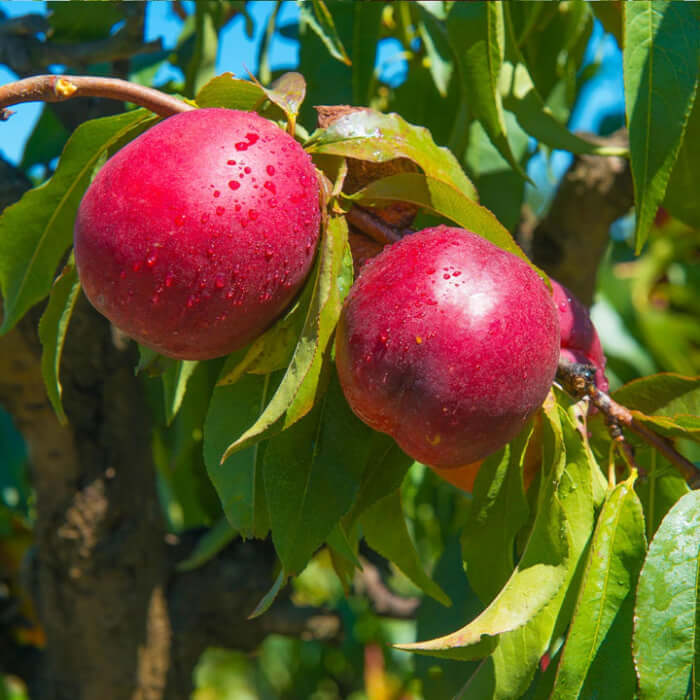 Nectarines share many growing requirements with peaches but are smooth-skinned instead of fuzzy. These trees thrive in full sun and slightly acidic soil, just like their relatives.
Nectarines share many growing requirements with peaches but are smooth-skinned instead of fuzzy. These trees thrive in full sun and slightly acidic soil, just like their relatives.
To enjoy the best flavor, leave nectarines on the tree until they’re fully ripe. Protect blossoms from late frosts to ensure a good crop, especially in cooler regions.
Water deeply once a week during dry spells, and mulch around the base to keep soil moisture steady. A healthy nectarine tree rewards you with juicy fruits that taste best straight from the branch.
#5 Cherry
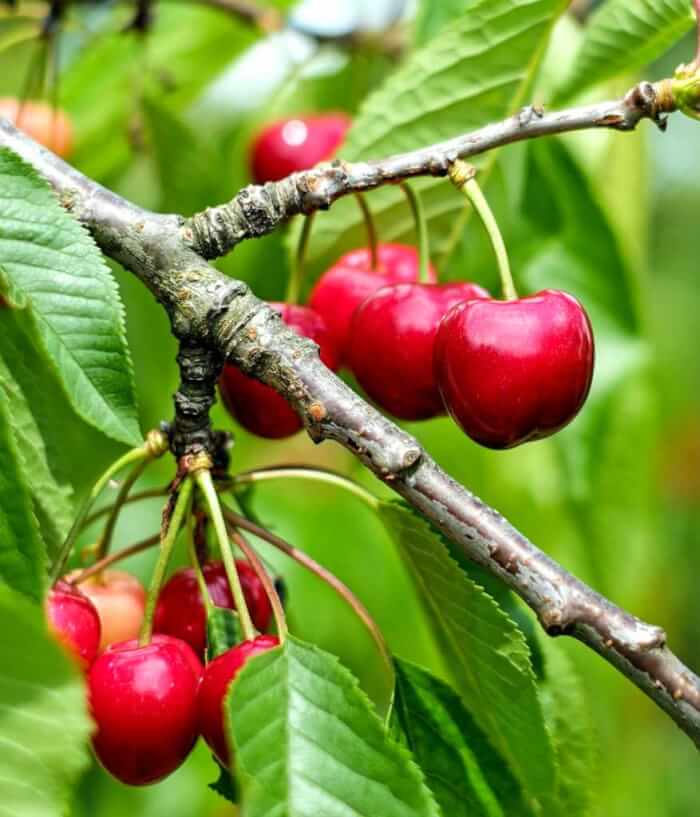
Cherries are classic cold-weather fruit trees, and some varieties even need winter chill hours to produce well. Sour cherries like Montmorency or Morello are especially hardy and perform beautifully in frosty climates.
Some types are self-pollinating, but others require a partner tree nearby for good fruiting. Plant them in full sun with well-drained soil, and protect young blossoms from late frosts when possible.
Water deeply during dry periods and prune to maintain shape. A mature cherry tree will give you glossy, flavorful fruits perfect for pies or snacking.
#6 Plum
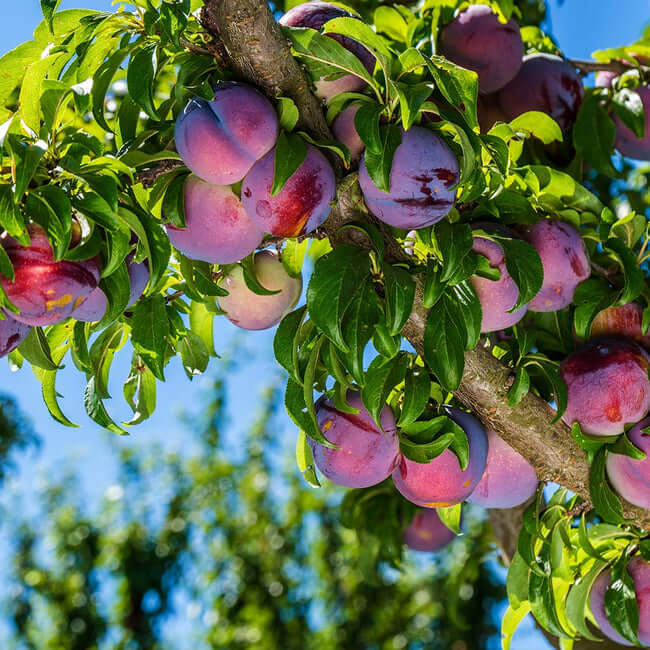
Plum trees are adaptable and fairly low-maintenance, making them a smart choice for cooler climates. They appreciate shelter from harsh winds and benefit from protection during late frosts.
Plant in fertile, well-draining soil and water regularly during the growing season. Dwarf varieties are perfect for small backyards and still provide abundant harvests.
Prune in late winter to encourage new growth and maintain the tree’s shape. With care, plums reward you with sweet, juicy fruits that are delicious fresh or preserved.
#7 Apple
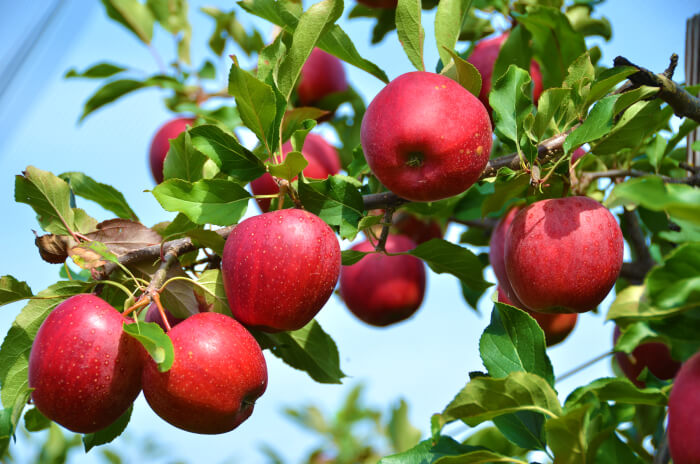
Apple trees are the most popular fruit trees for cold climates, with countless varieties bred specifically for frost resistance. Many require winter chill to set fruit, making them an ideal choice for northern regions.
If you have limited space, choose a self-pollinating or dwarf apple variety. Plant in full sun with well-draining soil, and mulch around the base to retain moisture.
Regular pruning encourages better air circulation and healthier crops. With the right variety, your apple tree will supply crisp, flavorful fruit year after year.
